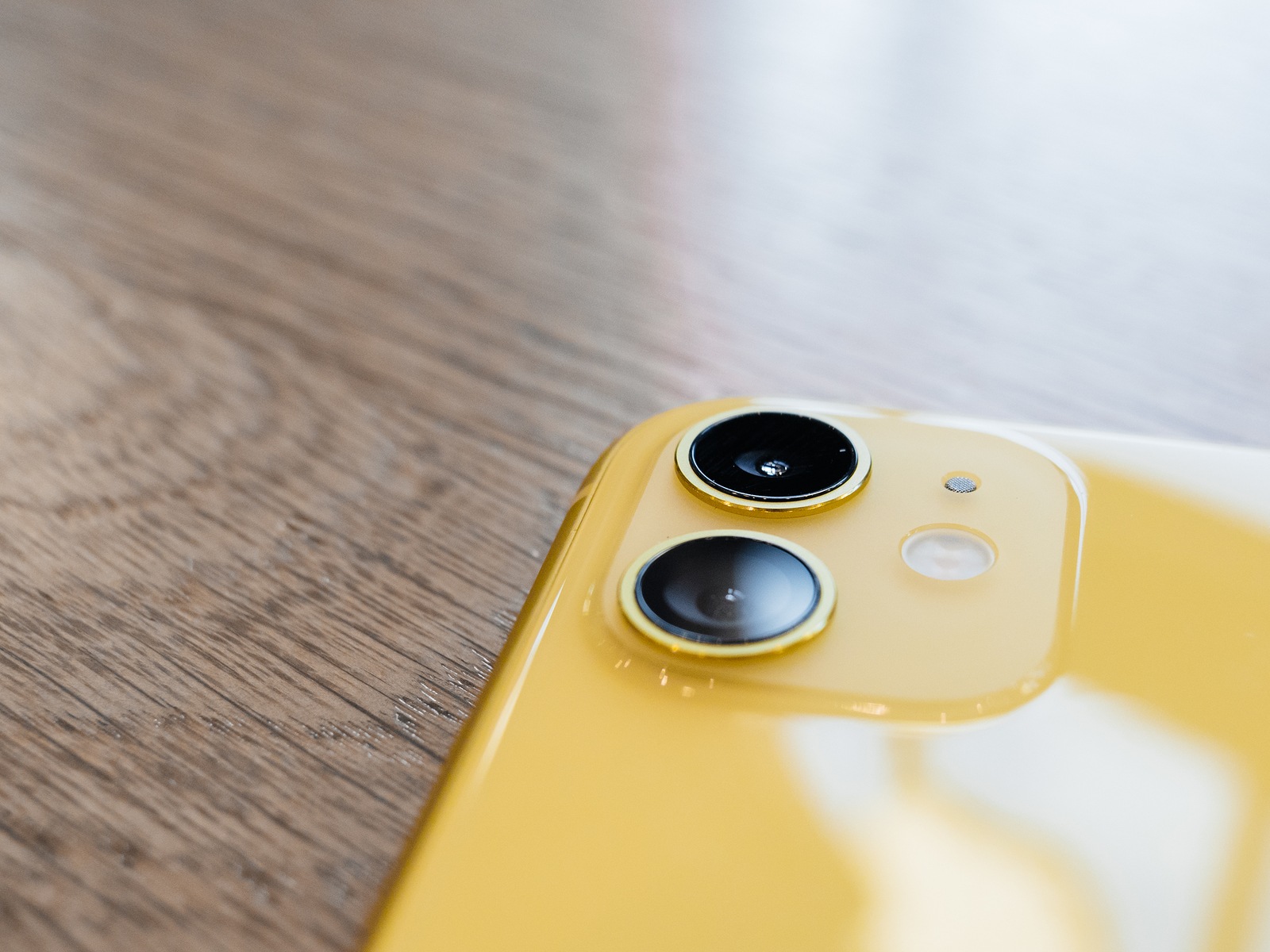Apple introduced the so-called U1 chip last year with the eleventh generation of iPhones. Until now, the technology was only used for AirDrop. That is now changing.
The iPhone 11 series has ultra-wideband support, which no one except Apple has had access to so far. But that is set to change in the coming months, as Apple now wants to make the chip available to developers. The new “Near Nearby Interaction” framework is set to under iOS 14 will be able to measure the distance and direction between U1-equipped devices, paving the way for some interesting new spatial user experiences. Apple lists a few examples:
- A multi-user AR experience puts virtual water balloons in the hands of participants.
- A taxi or ride-sharing application uses real-time peer-to-peer instruction to determine the relative locations of a driver and a customer.
- A gaming application allows a user to use his device to control a paddle and respond to a moving ball on the screen of the peer user.
Both devices must be in portrait mode
The new feature will work on an opt-in basis, with users having to grant permission for their iPhone to be found and discovered by nearby devices every time they open an app that contains the framework, with random identifiers generated for each session. Apple notes in a video that both iPhone devices should be oriented in portrait mode to ensure accurate measurement of distance and direction. If one iPhone is in portrait mode and the other in landscape mode, this could limit measurement capabilities, as could walls, people, pets, objects and other obstructions between the devices. (Photo by hadrian / Bigstockphoto)





